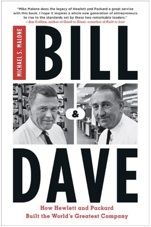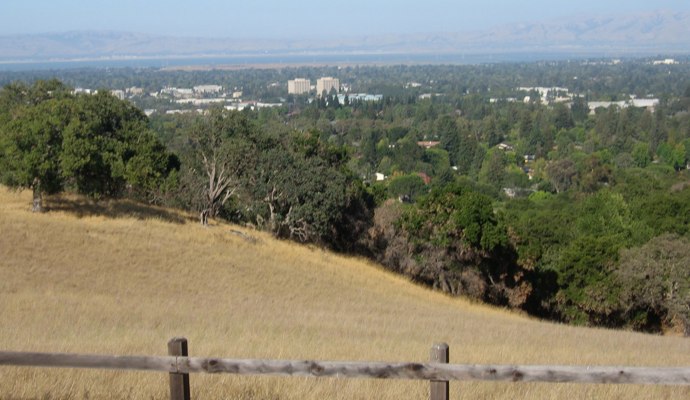 When I started at HP I saw a coin-operated medicine cabinet in the office building where I worked. It caught my attention since on the rare occasions when a headache was bothering me previously I’ve always been able to get an aspirin free of charge. The operations of the cabinet were outsourced. Apparently that was not cheap enough, since sometime later the cabinet was gone. It was replaced with a note referring relief seekers to the cafeteria where pain relievers could be purchased, during cafeteria open hours (not to confuse with business hours).
When I started at HP I saw a coin-operated medicine cabinet in the office building where I worked. It caught my attention since on the rare occasions when a headache was bothering me previously I’ve always been able to get an aspirin free of charge. The operations of the cabinet were outsourced. Apparently that was not cheap enough, since sometime later the cabinet was gone. It was replaced with a note referring relief seekers to the cafeteria where pain relievers could be purchased, during cafeteria open hours (not to confuse with business hours).
During my tenure at HP, I witnessed many other examples of senseless cost cutting, usually with complete disregard for the morale of the employees. I became interested in how did the iconic American corporation end up in such a state and whether turnaround is possible.

The book “Bill & Dave: How Hewlett and Packard Built the World’s Greatest Company” by Michael S. Malone was given to me by an Hewlett-Packard old timer, now retired, a wonderful businessman and a friend. Malone chronicles the genesis of the company, through its growth, international expansion, and recent rocky history. The author ends the book with a cautious optimism about Mark Hurd’s leadership, a view that Malone laterretracted, as reported by the New York Times, with much foresight (Hurd ended up getting fired about a year after Malone expressed doubt on his ability to lead a high technology Silicon Valley company).
In the book, Malone covers the great progress Hewlett-Packard made in advancing management practices, as well as promoting corporate responsibility. Hewlett-Packard invented many of the benefits we take for granted today. Examples include employee share ownership, Friday beer bash, management by walking around, and others. The values and company culture frequently referred to as “The HP Way” has been deliberately erased from the collective corporate memory by subsequent outsider CEOs, something I think late Peter F. Drucker would disapprove.
The impact of Hewlett-Packard on the Valley cannot be overstated. Many great entrepreneurs had their start at the company, including Steve Wozniak of Apple. After Hewlett-Packard rejected his design, Woz decided to strike it out on his own with Steve Jobs, and rest is history. HP was one of the first tech multi-nationals, with the establishment of its European headquarters in Switzerland and a manufacturing plant in Germany in the 1950s. It invested in China way ahead of other tech companies by forming a joint venture with the Chinese government in the 1970s. The charitable donations made by the founders to Stanford University (where prof. Frederick E. Terman had profound impact on the young Hewlett and Packard), Lucile Packard Children’s Hospital, Monterey Bay Aquarium, and many other causes will continue benefiting generations to come.
Malone describes very well the drama surrounding the fateful Carly Fiorina’s Compaq acquisition, which in the end dragged HP into low-margin PC business. A decision that will ultimately take many years to undo, and could be linked to the current state of affairs at the company (HP’s gross margin is lower than Walmart’s : compare HP’s 23.5% withWalmart’s 25.3% in late 2010 (net margins at HP are higher)).
While Hurd managed to stop the downward spiral by extreme cost cutting and short-term focus, it came at a big price (HP was voted #3 worst tech company to work for onGlassdoor.com in December of 2009, and the New York Times reported that HP employee survey indicated two thirds of its employees would leave if a chance presented itself). Hurd’s legacy left HP with very low R&D expenses but no truly innovative products. New York Times mentioned that only 0.7% of HP’s revenue was reinvested in R&D by the division trying to compete with iPad and the iPhone. The company had no meaningful response when these products came out and become subject of dismissive remarks by other CEOs including IBM’s Palmisano, as reported by The Wall Street Journal. To Hurd’s credit, HP’s big expansion in China (where I was also worked during my stint there), building on the process started by the founders, was a prudent move and is likely to benefit the company going forward. Recent developments at the company, including the appointment of Marc Andreessen to the board of directors as well as hiring of Léo Apotheker as the CEO indicate that a turn towards innovation and greater software R&D investment could be in the works.
Having met many wonderful people a HP, this book gave me a deeper understanding of the history of the Silicon Valley, and appreciation of the brilliance of Bill Hewlett and David Packard. It is a great read and I strongly recommend it, whether you worked for HP or not.
 I will be co-presenting with my YouTube and Activision colleagues at this year’s Game Developers Conference in San Francisco on Feb 28th at 4:15pm at the Moscone Center. Below is the title and abstract. If you’re coming to GDC and would like to learn how one gets cool gameplay videos, such as the one in this post, from game console onto YouTube, join us!
I will be co-presenting with my YouTube and Activision colleagues at this year’s Game Developers Conference in San Francisco on Feb 28th at 4:15pm at the Moscone Center. Below is the title and abstract. If you’re coming to GDC and would like to learn how one gets cool gameplay videos, such as the one in this post, from game console onto YouTube, join us!
 Last week I had an opportunity to present with
Last week I had an opportunity to present with  My alma mater recently produced a promotional video featuring … me, so I thought I’d use the
My alma mater recently produced a promotional video featuring … me, so I thought I’d use the 
 When I started at HP I saw a coin-operated medicine cabinet in the office building where I worked. It caught my attention since on the rare occasions when a headache was bothering me previously I’ve always been able to get an aspirin free of charge. The operations of the cabinet were outsourced. Apparently that was not cheap enough, since sometime later the cabinet was gone. It was replaced with a note referring relief seekers to the cafeteria where pain relievers could be purchased, during cafeteria open hours (not to confuse with business hours).
When I started at HP I saw a coin-operated medicine cabinet in the office building where I worked. It caught my attention since on the rare occasions when a headache was bothering me previously I’ve always been able to get an aspirin free of charge. The operations of the cabinet were outsourced. Apparently that was not cheap enough, since sometime later the cabinet was gone. It was replaced with a note referring relief seekers to the cafeteria where pain relievers could be purchased, during cafeteria open hours (not to confuse with business hours).
 My intro
My intro